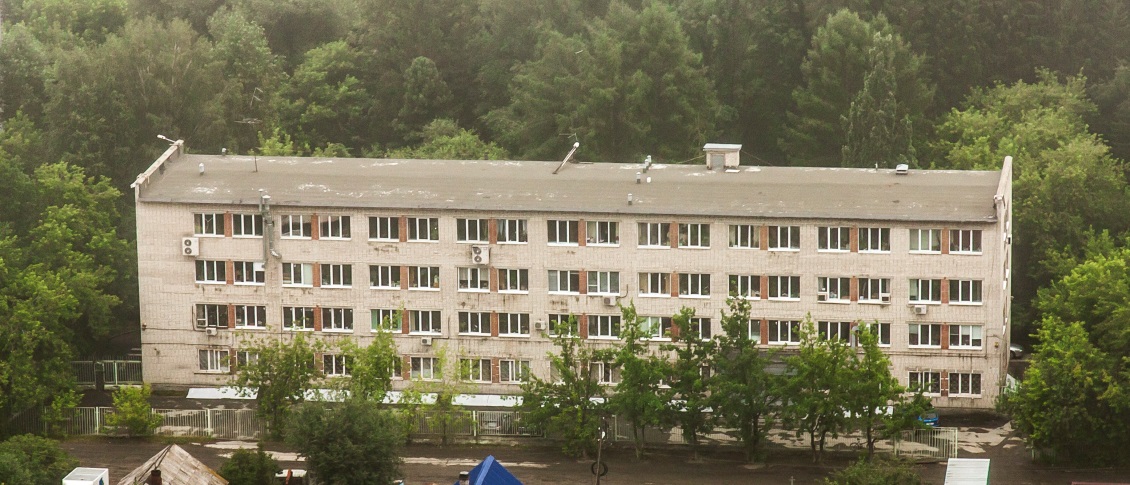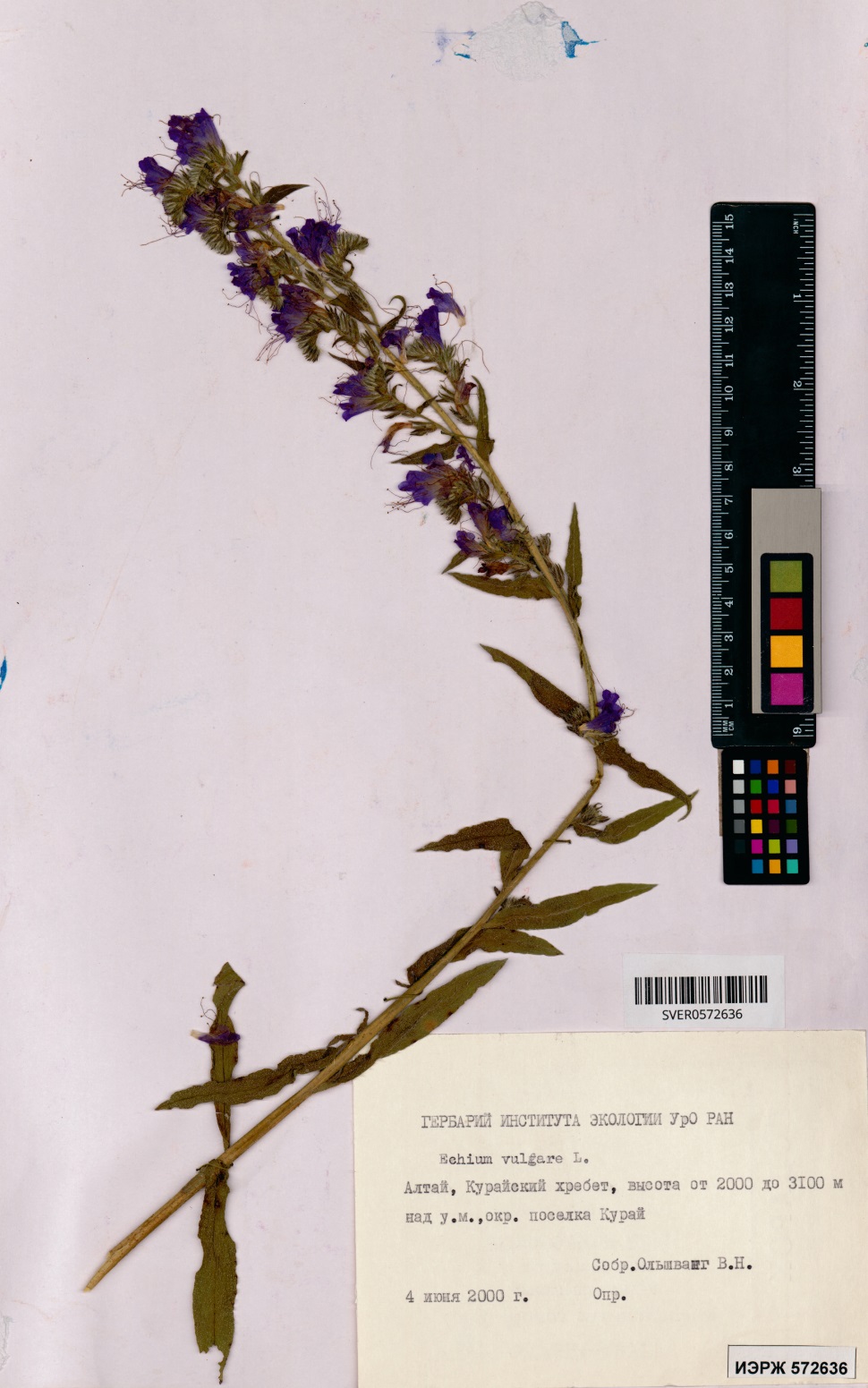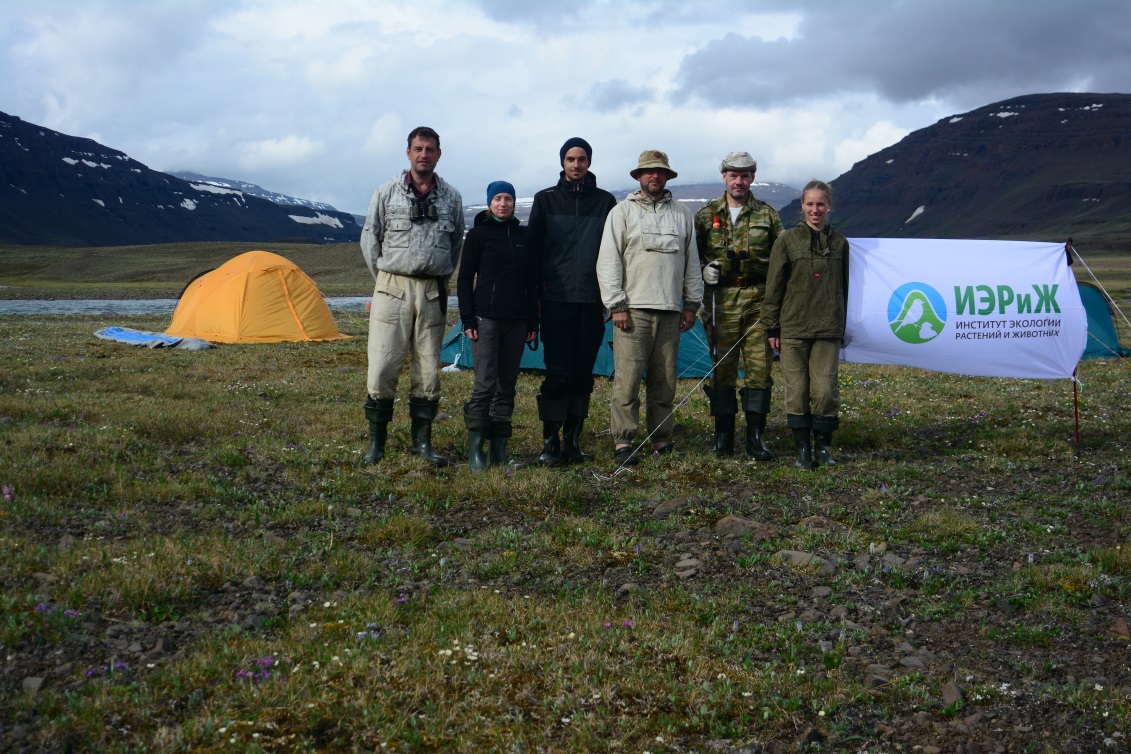Institute of Plant and Animal Ecology Ural Branch Russian Academy of Science (IPAE UB RAS)
Institute of Plant and Animal Ecology of the Ural Branch of the Russian Academy of Sciences is the largest biological research institution in the Urals region, one of the leaders of fundamental science in the field of ecology and environmental protection in Russian Federation.
The Institute includes 17 laboratories, a museum, two branches - Biophysical station (Zarechny, Sverdlovsk region), an Arctic research station (Labytnangi, Yamal-Nenets Autonomous District).

IPAE is mainly engaged in the scientific fundamental and applied research, training highly qualified scientific staff and sharing scientific knowledge in the field of ecology, biodiversity analysis, biological resources evaluation and environmental protection.
The Decree of the Presidium of the Russian Academy of Sciences (No. 439 dated June 24, 2008) approved the following main areas of research work of IPAE:
• Fundamental ecology: the study of general laws of organization, functioning, dynamics and sustainability of living systems of the supraorganism level (population, community, ecosystem).
• Ecology of disturbed territories and nature conservation: development of the theoretical foundations of nature conservation (environmental regulation, bioindication, ecotoxicology, radioecology).
• Biodiversity and bioresources: analysis of biological diversity in the Urals and Western Siberia; development of strategies for biodiversity conservation and restoration, natural populations using and protection.
• Paleoecology: paleoreconstruction of climate, structure and functioning of ecosystems of Northern Eurasia.
In accordance with the Program of fundamental scientific research of state academies of sciences for 2013–2020. (Decree of the Government of the Russian Federation of December 3, 2012 No. 2237-r) IPAE conducts research in the following areas:
• 50. Development biology and evolution of living systems;
• 51. Ecology of organisms and communities;
• 52. Biological diversity;
• 53. Genetics;
• 61. Biophysics, radiobiology, mathematical models in biology, bioinformatics.
The lines of activity correspond to several priorities of the Strategy for Scientific and Technological Development of the Russian Federation, approved by Decree of the President of the Russian Federation dated 01.12.2016 N 642:
• transition to highly productive and environmentally friendly agricultural and aquaculture, development and implementation of systems for the rational use of chemical and biological protection of agricultural plants and animals, storage and efficient processing of agricultural products, creation of safe and high-quality, including functional, food products;
• counteraction against technogenic, biogenic, sociocultural threats, terrorism and ideological extremism, as well as cyber threats and other sources of danger to society, the economy and the state;
• the cohesion of the territory of the Russian Federation through the creation of intelligent transport and telecommunication systems, as well as the occupation and retention of leadership in the creation of international transport and logistics systems, the development and use of space and air space, the World Ocean, the Arctic and Antarctic;
• the possibility of an effective response of Russian society to big challenges, taking into account the interaction of man and nature, man and technology, social institutions at the current stage of global development, including using the methods of the humanities and social sciences.
Traditionally, the greatest attention is paid to research in the field of population and evolutionary ecology, genetics, paleoecology, dendrochronology, ichthyology, hydrobiology, geobotany, mycology, radioecology, soil science, applied ecology.
According to the volume of collections (more than 1.5 million storage units), the IPAE Museum takes the third place among the biological museums of Russia, and the first place in the world in several animal groups. The funds are divided into three major sections: herbarium, zoological collection, paleontological collection. The materials are represented by different types of storage: bone material, skins, alcohol, frozen, salted and dried samples. Up to 90% of the materials come from the Ural-Siberian region, the rest represent the territory of the former USSR and foreign countries. An electronic catalog of the herbarium of higher plants has been created, available on the official IPAE site.

Two scientific journals are published in IPAE:
• Russian Journal of Ecology.
• Regional faunistic journal «Fauna of the Urals and Siberia»
IPAE is holding the conference of young scientists «Ecology: facts, hypothesis and models» and the Ural-Siberian interdisciplinary seminar «Problems of radioecology and border disciplines» every year.
IPAE organizes expeditions throughout Russia, including international (international Trans-Siberian mycological expedition, International dendrochronological expedition, etc.). The IPAE Arctic Research Station is a research station of the International Network for Terrestrial Research and Monitoring in the Arctic - INTERACT.

IPAE actively cooperates with other scientific organizations, universities, nature reserves, executive authorities of the constituent entities of the Russian Federation, business companies. IPAE welcomes for cooperation with foreign and international organizations. At the moment, there are agreements on scientific cooperation with the Ernst Moritz Arndt University of Greifswald (Germany); University of Tromso – the Arctic University of Norway; University of Gdansk (Poland); Kostanay State University A. Baitursynov (Kazakhstan); University of Arizona (USA), Justus Liebig University Giessen (Germany).